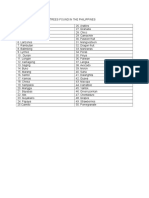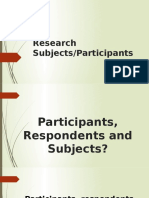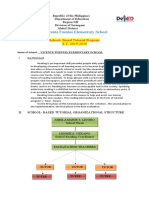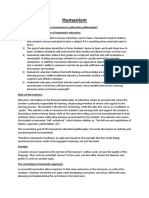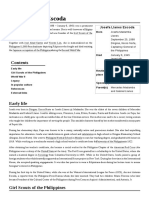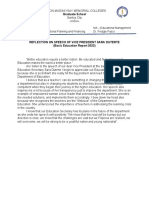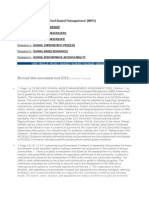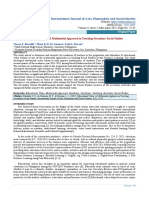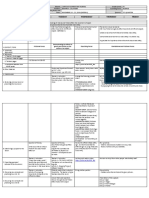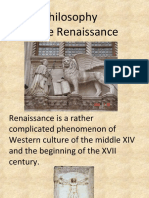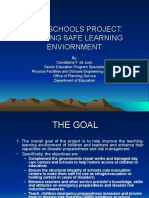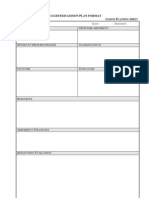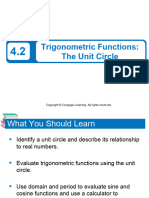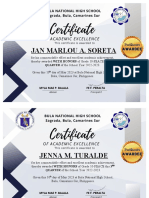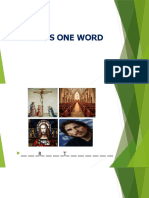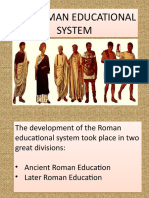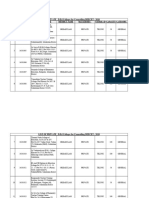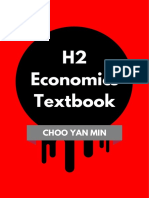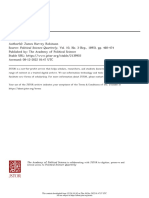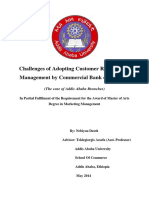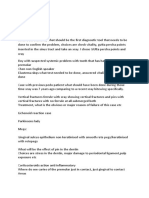0% found this document useful (0 votes)
312 views58 pagesTopic 8
Rationalism aimed to free the individual intellect from authoritarianism through reason. It advocated an education focused on intellectual training through philosophy, science, art and social refinement. The outstanding contributions of rationalism were the training of creative thinking, reasoning and use of the inductive method.
Uploaded by
Myla Mae BalalaCopyright
© © All Rights Reserved
We take content rights seriously. If you suspect this is your content, claim it here.
Available Formats
Download as PPTX, PDF, TXT or read online on Scribd
0% found this document useful (0 votes)
312 views58 pagesTopic 8
Rationalism aimed to free the individual intellect from authoritarianism through reason. It advocated an education focused on intellectual training through philosophy, science, art and social refinement. The outstanding contributions of rationalism were the training of creative thinking, reasoning and use of the inductive method.
Uploaded by
Myla Mae BalalaCopyright
© © All Rights Reserved
We take content rights seriously. If you suspect this is your content, claim it here.
Available Formats
Download as PPTX, PDF, TXT or read online on Scribd
/ 58

